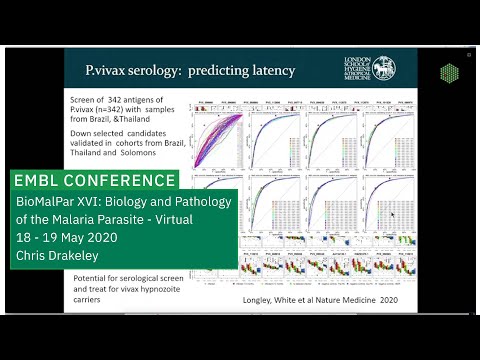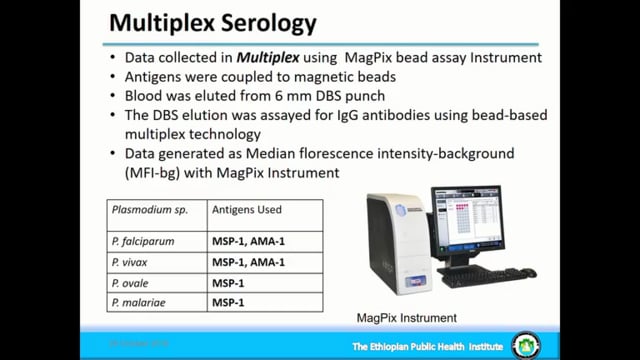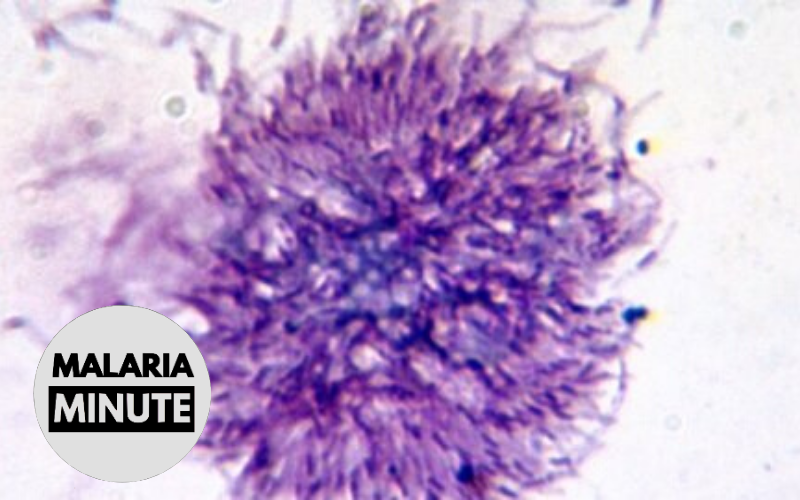Last Updated: 04/06/2025
Improving the accuracy of malaria surveillance with serology and parasite genetic data
Objectives
To improve the accuracy of malaria surveillance with serology and parasite genetic data.
Aim 1 is to use serologic metrics to improve the estimation of malaria incidence in children <5 years compared to standard models based primarily on PfPR. Aim 2 is to use parasite DNA-based metrics to improve the estimation of malaria incidence in children <5 years compared to standard models based primarily on PfPR. In Aim 3 is to identify the set of Malaria molecular surveillance (MMS) metrics that best estimates changes in incidence over time to determine how changes in these metrics (both serologic and parasite DNA-based) between each survey timepoint can be used to accurately predict changes in incidence from year to year at each site.
University of California San Francisco (UCSF), United States
Despite the critical need for high quality data in order to plan, implement, and evaluate malaria control interventions, malaria surveillance is particularly poor in high burden countries such as Uganda. Malaria molecular surveillance (MMS), which evaluates parasite DNA and host antibodies present in biological samples to derive epidemiologically actionable information, has the potential to improve upon current surveillance methods; however, there is limited use of these data outside of the research setting. A current research priority is to understand how serologic and parasite genetic data can be used to enhance routine malaria surveillance methods and evaluate malaria control interventions. Recently, the team was funded to directly measure malaria incidence via enhanced passive surveillance within the catchment areas around 64 health facilities throughout Uganda. These 64 clusters will then be randomized to receive one of two types of novel bednets, and cross-sectional surveys will be performed at each site 12, 24, and 36 months after the roll- out of the intervention has been completed. This K23 project offers an outstanding opportunity to leverage samples from cross-sectional surveys at these 64 sites to test the hypothesis that MMS will enable us to estimate malaria incidence with more accuracy than parasite prevalence (PfPR), using enhanced incidence data as the gold standard. The approach will be to use established molecular techniques, including multiplex serologic assays, qPCR, and amplicon deep-sequencing, to generate molecular metrics from samples collected in these cross-sectional surveys. Statistical models will then be built using these molecular metrics as variables to estimate incidence as the outcome.
Dec 2021 — Nov 2026
$799,646


